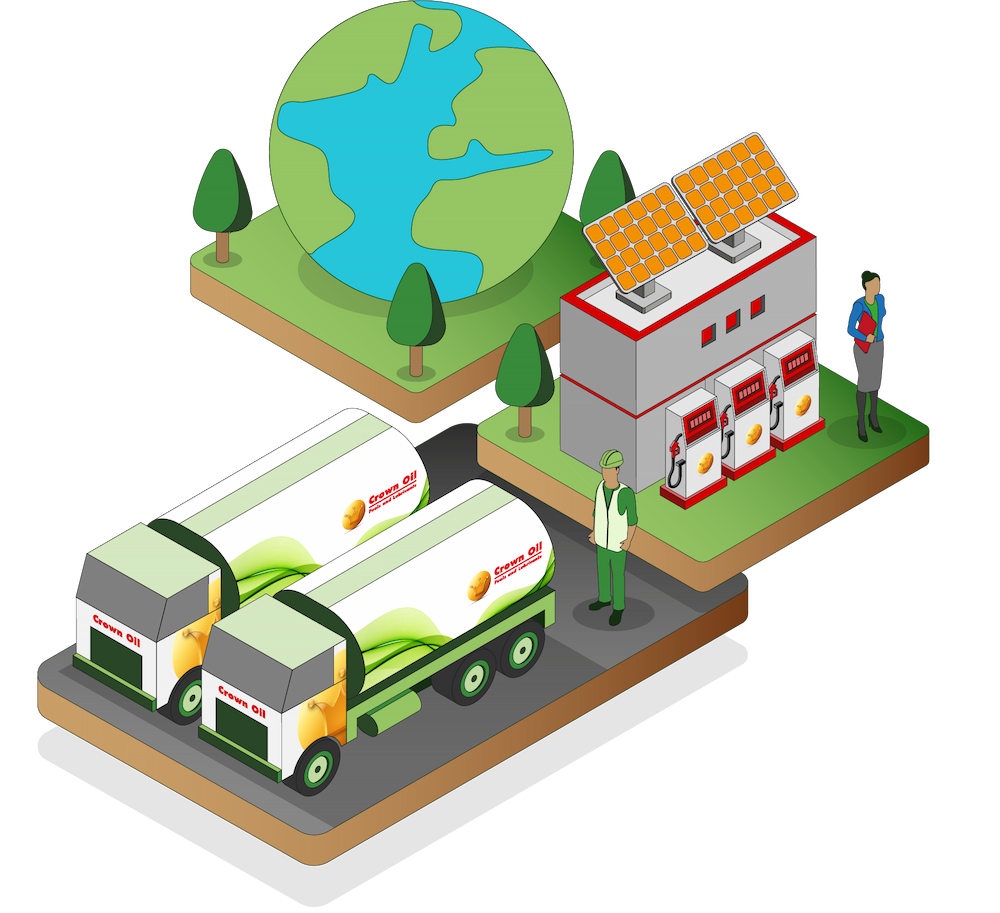What is carbon neutral?
Carbon neutral refers to when the amount of carbon dioxide (CO2) emitted is equivalent to the amount of carbon that’s absorbed from the atmosphere. This can be done through carbon sinks, such as forests – or offsetting – which absorb and store more CO2 from the atmosphere than they produce.
To become carbon neutral, the first step is to reduce your carbon emissions by as much as possible. You can then invest in carbon sinks (offsets) to counteract any remaining emissions. For carbon offsetting to count, this must be permanent and accredited, or licensed, and can be achieved through purchasing carbon credits.
If all of the CO2 emissions released are equal to the amount that are reduced through carbon offsetting, a company is then considered to be carbon neutral.
It’s impossible to generate zero carbon emissions, so offsetting is a viable approach to achieve carbon neutral status. It sends a positive message to your customers and the community that you’re committed to fuelling a cleaner future.
While becoming carbon neutral is valuable, it isn’t enough to tackle climate change alone. Businesses that seek to just become carbon neutral rather than net zero carbon are often accused of ‘greenwashing’ even when their efforts are sincere. Therefore, when tackling climate change, a company’s ultimate mission should always be net zero.





